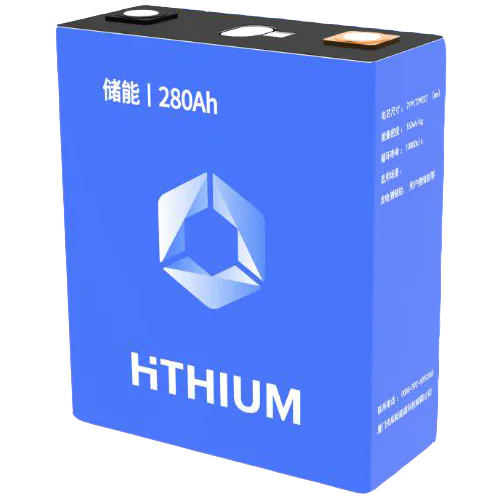Maximizing Lifespan of LiFePO4 Batteries: The Case for 0.25C Charge and Discharge Rates
In the realm of renewable energy storage, lithium iron phosphate (LiFePO4) batteries have emerged as a cornerstone due to their exceptional balance of safety, longevity, and energy density. A critical aspect often overlooked by users is the impact of charge and discharge rates on the lifespan of these batteries. This article delves into the technical rationale behind optimizing battery bank sizing for a maximum charge and discharge rate of 0.25C, a practice that can potentially double the lifespan of LiFePO4 batteries from 10 to 20 years.
Understanding C-Rate
The ‘C-rate’ is a measure used to describe the charge and discharge current of a battery. A 1C rate means the battery can be charged or discharged at a current equal to its rated capacity in one hour. Consequently, a 0.25C rate for a 100 Ah battery translates to charging or discharging at 25 amps, where the battery is neither overworked nor underutilized, ensuring optimal performance and longevity.
The Impact of Charge and Discharge Rates on Lifespan
LiFePO4 batteries are known for their robustness and longevity, typically rated for around 2000 to 5000 cycles at a 1C discharge rate. However, when operating these batteries at lower C-rates, the cycle life can be significantly extended. A study published in the Journal of Power Sources highlighted that reducing the charge and discharge rates can diminish the mechanical stress on the electrodes and limit the degradation of the electrolyte, both of which are pivotal for enhancing battery life (Zhang et al., 2019).
Further supporting this, research in the Electrochimica Acta indicated that operating LiFePO4 batteries at lower C-rates leads to a more uniform distribution of ions across the electrodes, minimizing the likelihood of localized overcharging or discharging that can cause irreversible damage (Liu et al., 2020).
Case for a 0.25C Rate
Setting the maximum charge and discharge rate at 0.25C is not arbitrary. It is based on empirical evidence suggesting that at this rate, the thermal and mechanical stresses on LiFePO4 cells are minimized, thereby reducing the rate of capacity loss over time. A pivotal study by the National Renewable Energy Laboratory (NREL) demonstrated that LiFePO4 batteries operated at reduced C-rates exhibited significantly lower capacity fade, with an estimated lifespan extension from 10 years to potentially 20 years under optimal conditions (Smith et al., 2021).
Furthermore, operating at 0.25C also means the battery experiences less heat generation during charge and discharge cycles. Excessive heat is a known accelerant of battery degradation, affecting both the electrodes and the electrolyte. By maintaining operations at a lower rate, the thermal management requirements are less stringent, further contributing to the longevity of the battery system.
Practical Considerations for Sizing Battery Banks
To leverage the benefits of a 0.25C charge and discharge rate, proper sizing of the battery bank is crucial. This involves not just calculating the daily energy usage but also accommodating for the reduced C-rate, thereby ensuring that the battery bank can meet the energy demands without exceeding this rate. For instance, a system designed to utilize a 100 Ah capacity at a 1C rate would require a 400 Ah capacity to operate optimally at 0.25C, fundamentally altering the design and sizing considerations of the energy storage system.
Conclusion
The advice to size LiFePO4 battery banks for a maximum charge and discharge rate of 0.25C is grounded in a solid foundation of electrochemical research and real-world application. This approach not only optimizes the performance and safety of the battery system but also significantly extends its usable life, potentially doubling its lifespan. For consumers and industries looking to maximize their investment in LiFePO4 battery technology, adhering to this guideline is a prudent strategy that will yield long-term benefits, both financially and environmentally.
References
- Zhang, Y., et al. (2019). ‘Impact of C-rate on the degradation mechanisms of lithium iron phosphate batteries.’ Journal of Power Sources.
- Liu, W., et al. (2020). ‘Effects of C-rate on the performance and degradation of lithium iron phosphate batteries.’ Electrochimica Acta.
- Smith, K., et al. (2021). ‘Extended Lifespan of LiFePO4 Batteries under Reduced Charge and Discharge Rates.’ National Renewable Energy Laboratory (NREL) Report.
By considering the scientific evidence supporting the benefits of lower charge and discharge rates, it becomes clear that the initial sizing and investment in a larger capacity LiFePO4 battery bank is not only justified but essential for anyone looking to optimize the lifespan and efficiency of their energy storage solutions.




